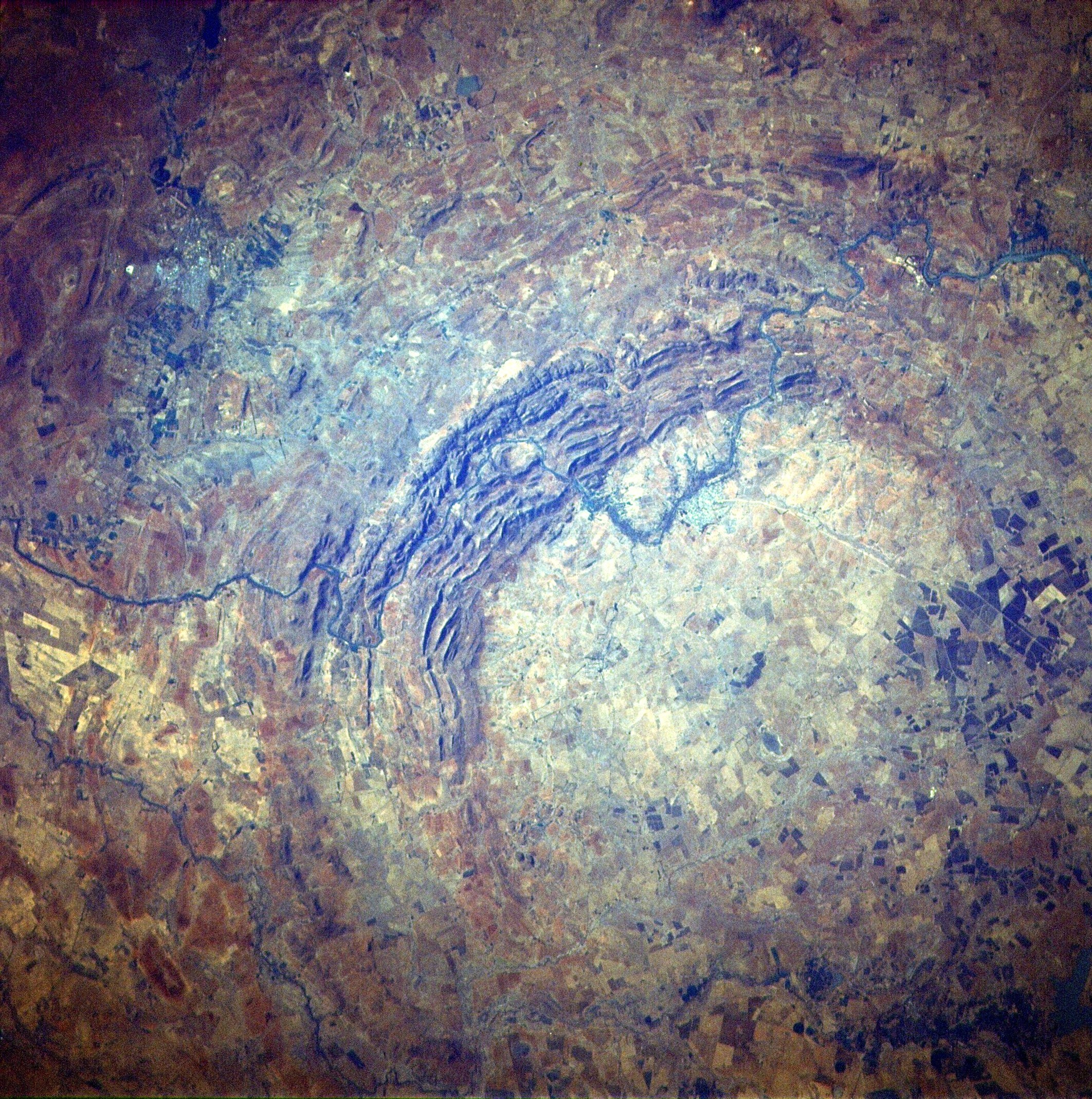Columbian Period on:
[Wikipedia]
[Google]
[Amazon]
The Orosirian Period (; grc, ὀροσειρά, translit=oroseirá, meaning "mountain range") is the third  The later half of the period was an episode of intensive orogeny on virtually all
The later half of the period was an episode of intensive orogeny on virtually all
 The
The
geologic period
The geologic time scale, or geological time scale, (GTS) is a representation of time based on the rock record of Earth. It is a system of chronological dating that uses chronostratigraphy (the process of relating strata to time) and geochr ...
in the Paleoproterozoic
The Paleoproterozoic Era (;, also spelled Palaeoproterozoic), spanning the time period from (2.5–1.6 Ga), is the first of the three sub-divisions ( eras) of the Proterozoic Eon. The Paleoproterozoic is also the longest era of the Earth's ...
Era
An era is a span of time defined for the purposes of chronology or historiography, as in the regnal eras in the history of a given monarchy, a calendar era used for a given calendar, or the geological eras defined for the history of Earth.
Comp ...
and lasted from Mya to Mya (million years ago). Instead of being based on stratigraphy, these dates are defined chronometrically.
 The later half of the period was an episode of intensive orogeny on virtually all
The later half of the period was an episode of intensive orogeny on virtually all continent
A continent is any of several large landmasses. Generally identified by convention rather than any strict criteria, up to seven geographical regions
In geography, regions, otherwise referred to as zones, lands or territories, are areas t ...
s.
Two of the largest known impact events on Earth occurred during the Orosirian. Early in the period, 2023 Mya, a large asteroid collision created the Vredefort impact structure. The event that created the Sudbury Basin structure occurred near the end of the period, 1850 Mya.
For the time period from about 2060 to 1780 Mya, an alternative period based on stratigraphy rather than chronometry, named the Columbian, was suggested in the geological timescale review 2012 edited by Gradstein et al., but , this has not yet been officially adopted by the IUGS.
Paleogeography
 The
The supercontinent
In geology, a supercontinent is the assembly of most or all of Earth's continental blocks or cratons to form a single large landmass. However, some geologists use a different definition, "a grouping of formerly dispersed continents", which leav ...
Columbia formed at the end of this period.
References
* * Paleoproterozoic Geological periods Proterozoic geochronology {{geochronology-stub